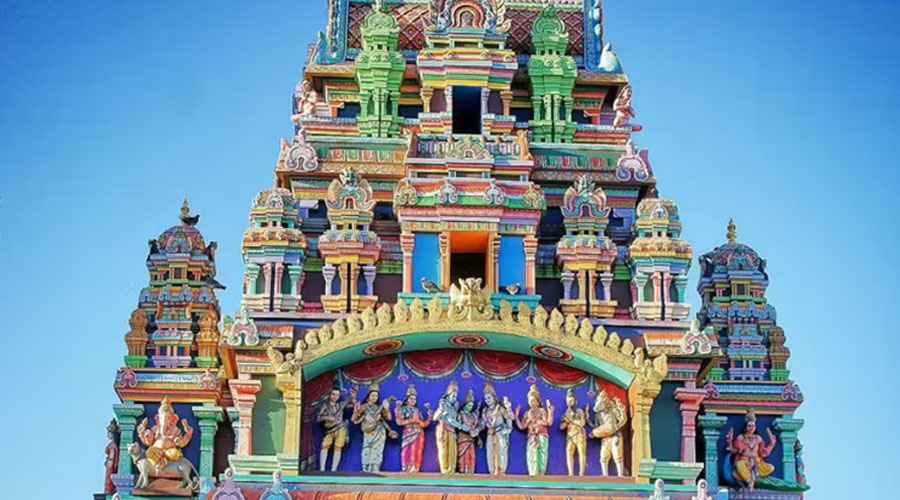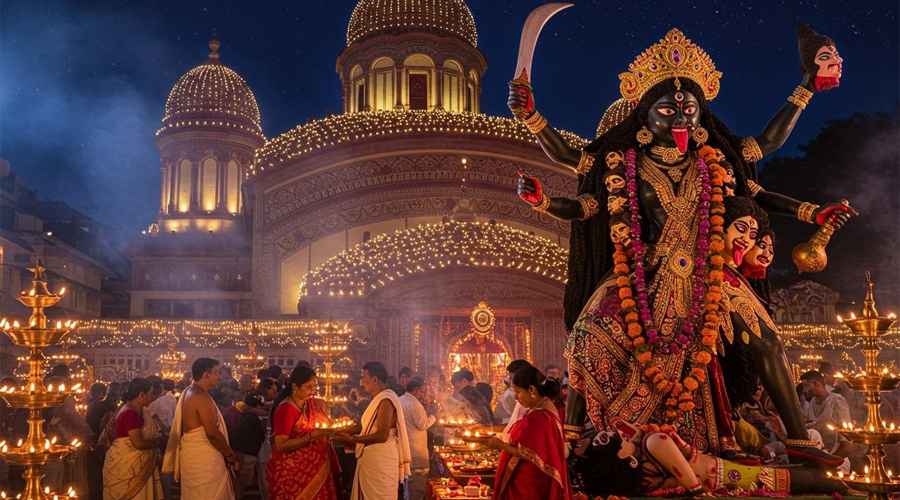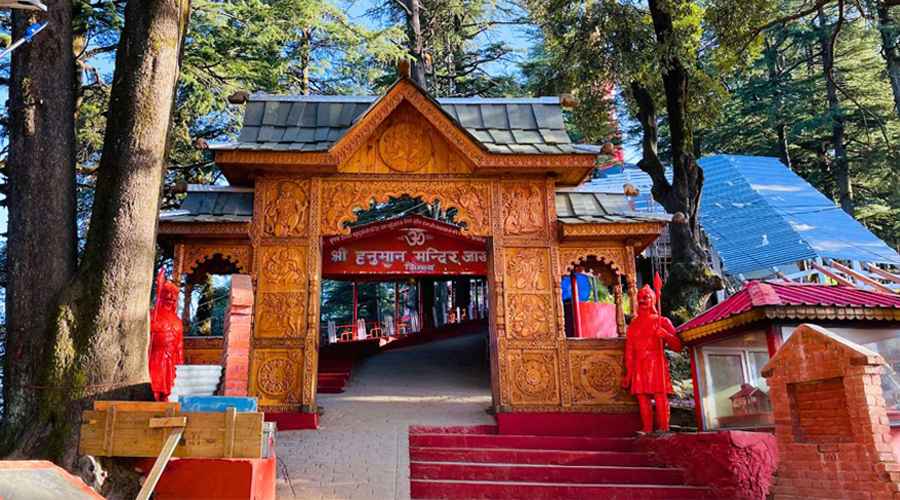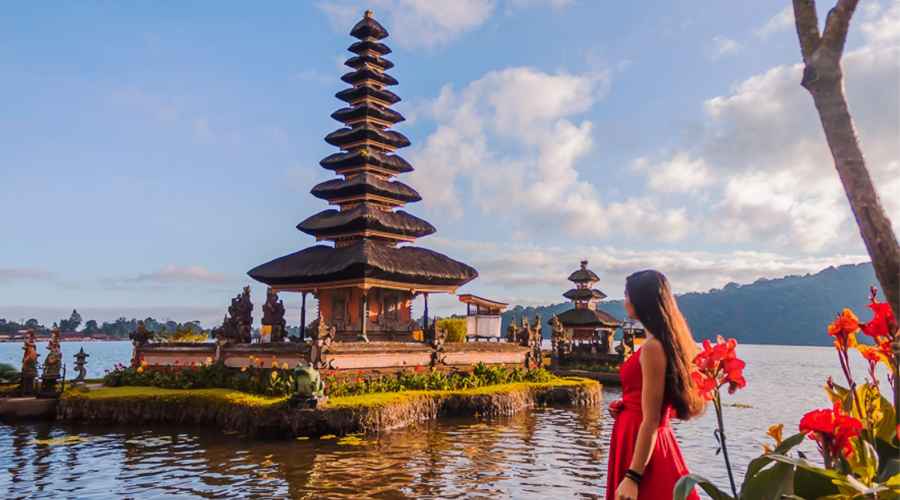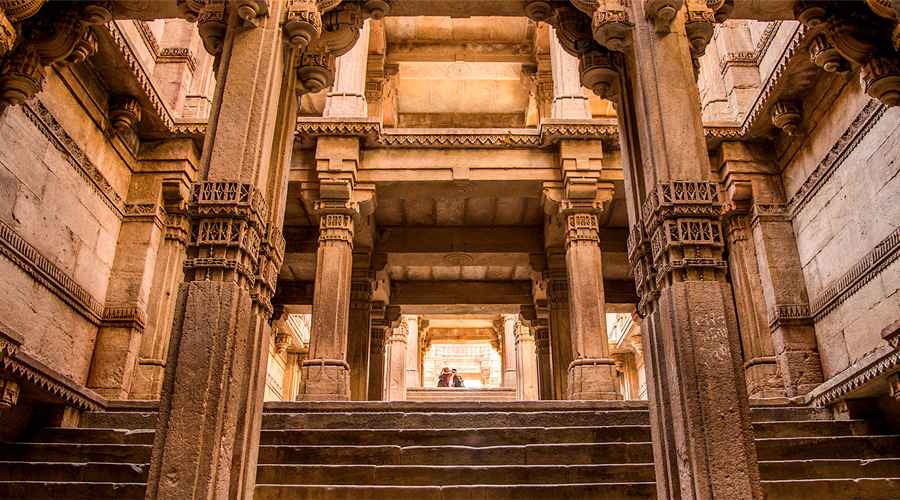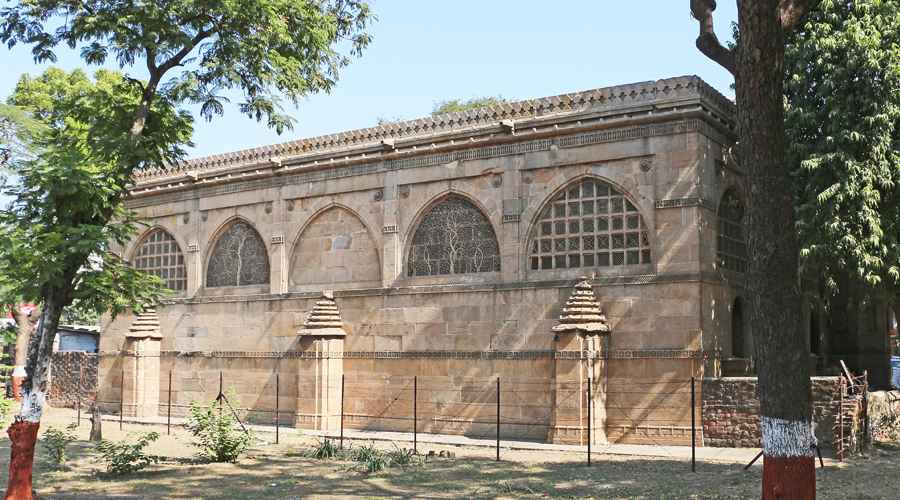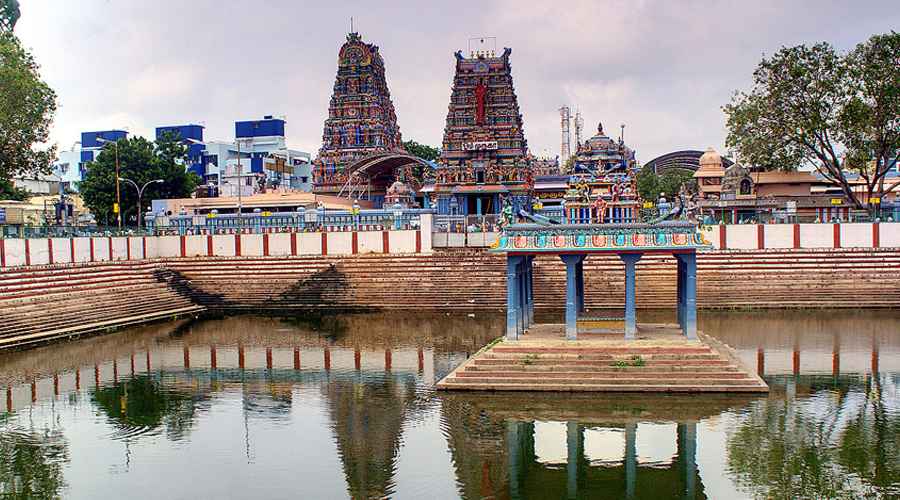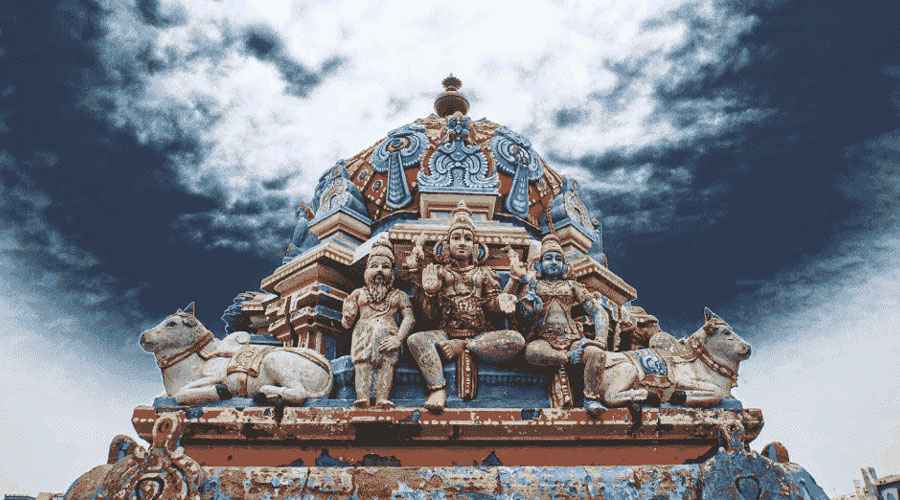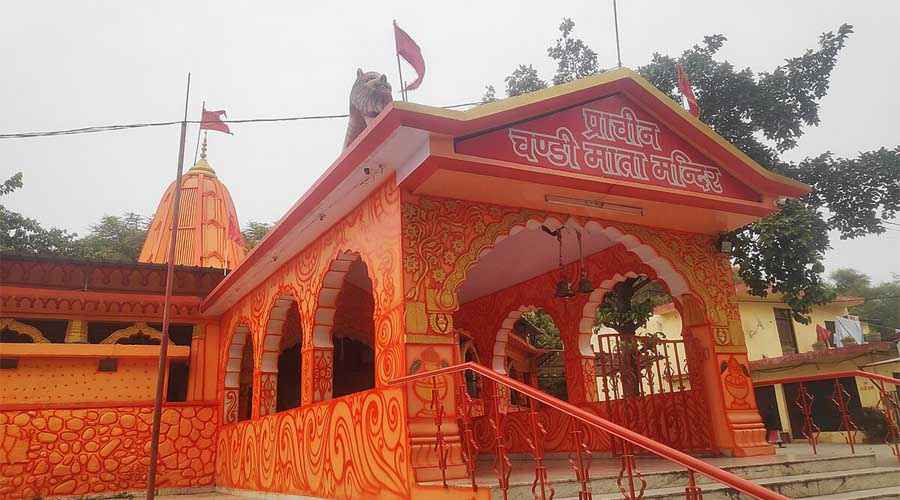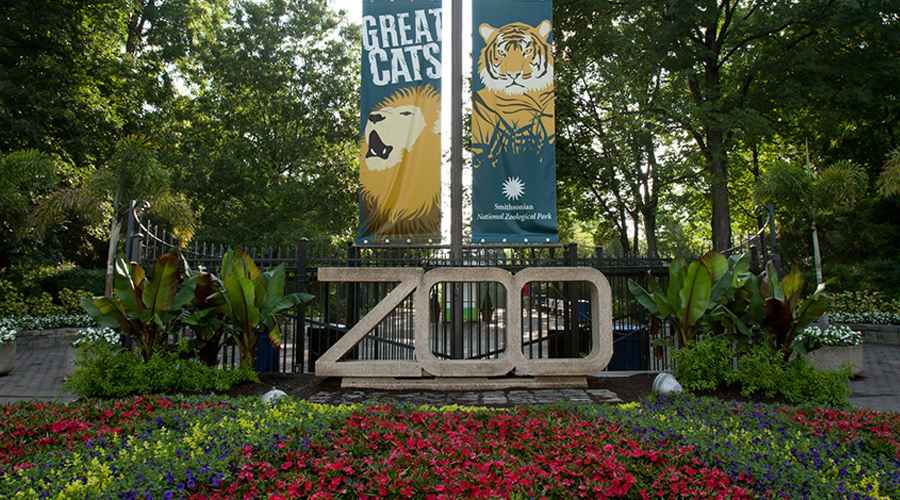Nestled in the vibrant heart of Chennai’s business district lies the Kalikambal Temple, a centuries-old shrine that weaves together legend, spirituality, architecture, and communal harmony. More than a place of worship, it serves as a living testament to Chennai’s ancient roots, cosmopolitan evolution, and enduring faith.
Origins Lost in Antiquity
The Kalikambal Temple’s legacy is believed to stretch back nearly 3,000 years, with references to its deities found in Hindu scriptures like the Matsya, Vamana, Kurma, Linga, and Bhavishya Puranas. Originally, the shrine stood closer to the seashore—at the present day location of Fort St. George—serving the fishing communities and seafarers of ancient Mylapore. The deity was initially known as Chennamman and worshipped fiercely as a protector, earning names such as Neithal Kamakshi and Kottaiamman.
With the British East India Company’s arrival in the 17th century, Fort St. George was constructed, and the temple was asked to relocate. On March 1, 1640, led by the Viswakarma community and under the guidance of Brahmasri Muthumari Achari, the temple was shifted to its current site on Thambu Chetty Street, near Parry’s Corner. Folklore holds that the goddess’ aspect transformed from fierce to the more benevolent Shantha Swarupa (calm, merciful form) over time, an evolution attributed to the influence of Adi Shankara, who is also said to have consecrated the Sri Chakra within the temple.
Deities and Legends
The main sanctum enshrines Sri Kalikambal, regarded as a manifestation of Goddess Parvati in her most serene aspect (Kamakshi), and Lord Kamadeswarar, a form of Lord Shiva. The goddess is portrayed in a unique sitting posture, facing west though the temple entrance is towards the east—a rare architectural feature. Alongside the presiding deities, the temple houses shrines for Lord Vishnu, Lord Vinayaka (Ganesha), Subramaniar, Mahakali, Gayatri, Durgai, Natarajar, Periyanayagi, Saraswati and Mahalakshmi.
Legends abound about illustrious visitors who sought blessings here. The Maratha warrior-king Chhatrapati Shivaji visited the temple on October 3, 1677, just before ascending to the title of “Chhatrapati”. The site preserves this history with a wall carving depicting his visit, emphasizing the temple’s role as a beacon of courage and divine grace for rulers and the common folk alike.
Great Tamil poet and freedom fighter Subramaniya Bharathi was a frequent visitor. Inspired by the temple’s serene atmosphere, he wrote several devotional hymns under its roof, expressing the universality and omnipresence of Goddess Kali.
Architectural Brilliance
Kalikambal Temple exemplifies Dravidian architecture with its ornate gopuram (gateway tower), intricate carvings, vibrant iconography, and spacious mandapams (halls). The temple underwent significant expansions in the 1980s, when a 10-metre-tall rajagopuram was added, and again in 2014. Distinct features include dual entrance towers—Guna Vayil (Quality Entrance) facing east and Kuda Vayil (Pot Entrance) towards the west.
Inside, the goddess sits on a pedestal intricately carved in lotus reliefs, bearing symbolic weapons—Pasha and Angusam in her upper hands, a Nelothpala (blue water lily) in the lower right, and a varada hasta (boon-bestowing gesture) with the lower left. The sanctum’s ceiling is a marvel, decorated with a gold-plated vimanam and representations of the Sri Chakra installed by Adi Shankara.
The inner and outer corridors feature shrines for many celestial beings and sages, from Indra and Kubera (who, legend says, attained his riches after worshipping here), to sages like Vyasa, Agastya, Pulastya, and Angiras.
Cultural and Spiritual Significance
Kalikambal Temple is more than an architectural jewel—it’s a vibrant spiritual hub with immense cultural resonance among Chennaiites. Worshippers from diverse backgrounds and across the globe flock to its halls, drawn by the temple’s reputation for swiftly answering prayers and bestowing prosperity, health, progeny, and peace of mind.
The goddess is considered so powerful that devotees believe offering prayers here is equivalent to worshipping at both Kanchipuram’s Kamakshi and Thiruvannamalai’s Arunachaleswarar shrines—two of Tamil Nadu’s most hallowed destinations.
The temple is also unique in its inclusivity. Kalikambal is revered as the “common goddess” (Samanya Devata) among all the six ancient sects of Hinduism: Ganapatyam, Shaivam, Vaishnavam, Shaktam, Kaumaram, and Sauram. This blend of traditions underscores the temple’s enduring communal harmony.
Festivals and Rituals
The temple calendar is replete with vibrant rituals and grand festivities:
- Brahmotsavam (Vaikasi, May-June): A 10-day annual festival with processions of intricately adorned deities.
- Navaratri: Marked by colorful decorations, unique facades lined with metal cymbals (kinnitter), and elaborate worship, especially in the Vasantha (spring) and main autumn cycles.
- Aadi Fridays and Thai Fridays: Special rituals on Fridays during the Tamil months of Aadi and Thai, considered especially auspicious for women devotees.
- Margazhi Festival (mid-December to mid-January): Includes the Arudra Darisanam, where images of Nataraja and Kalikambal are taken in grand processions.
- Karthigai Amavasya: Observed as the goddess’ birth star, attracting thousands of devotees for special pujas and abhishekams.
- Maasi Magam, Skanda Shashti, Ganesh Chathurthi, and more dot the temple’s busy festival calendar throughout the year.
Regular rituals include Kalai Sandhi (morning puja, 6–7:30AM), Uchi Kalam (noon), Sayaratchai (evening), and Artha Jamam (night, 9PM), enveloping the precinct in rhythmic devotion.
Living Heritage and Administration
The Kalikambal Temple is managed by the hereditary trusteeship of the Viswakarma community, underlined by inclusivity and continuity. This stewardship has preserved not just the temple’s structure but its vibrant rituals, oral histories, and its role as a social anchor for successive generations.
Conclusion: Kalikambal’s Enduring Mystique
Today, amid the hustle of Chennai’s business district, the Kalikambal Temple endures as a bastion of devotion, legendary history, and collective aspiration. Its sanctum, steeped in silence yet alive with chants and the fragrance of flowers, transcends the boundaries of time. Here, commerce and culture, ancient faith and urban modernity, seamlessly intertwine—making the Kalikambal Temple not just a landmark of Chennai, but a spiritual axis for seekers from all walks of life.
